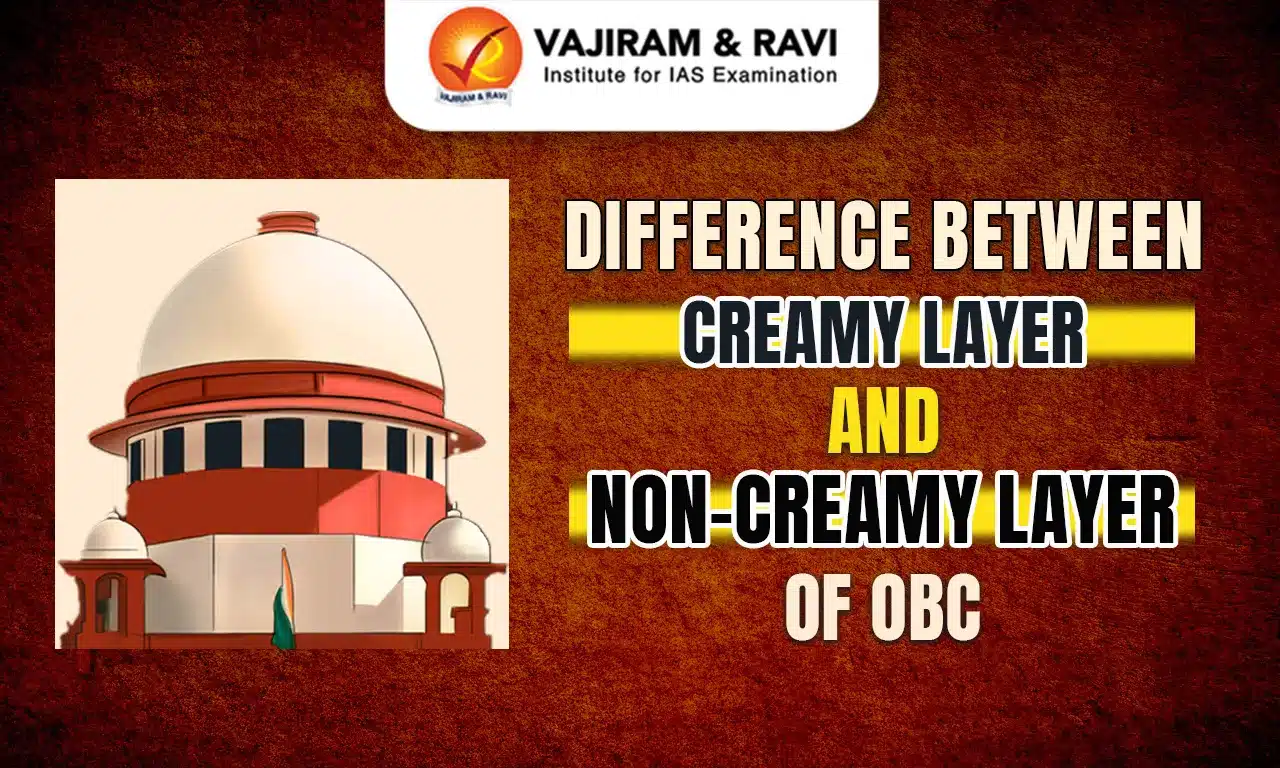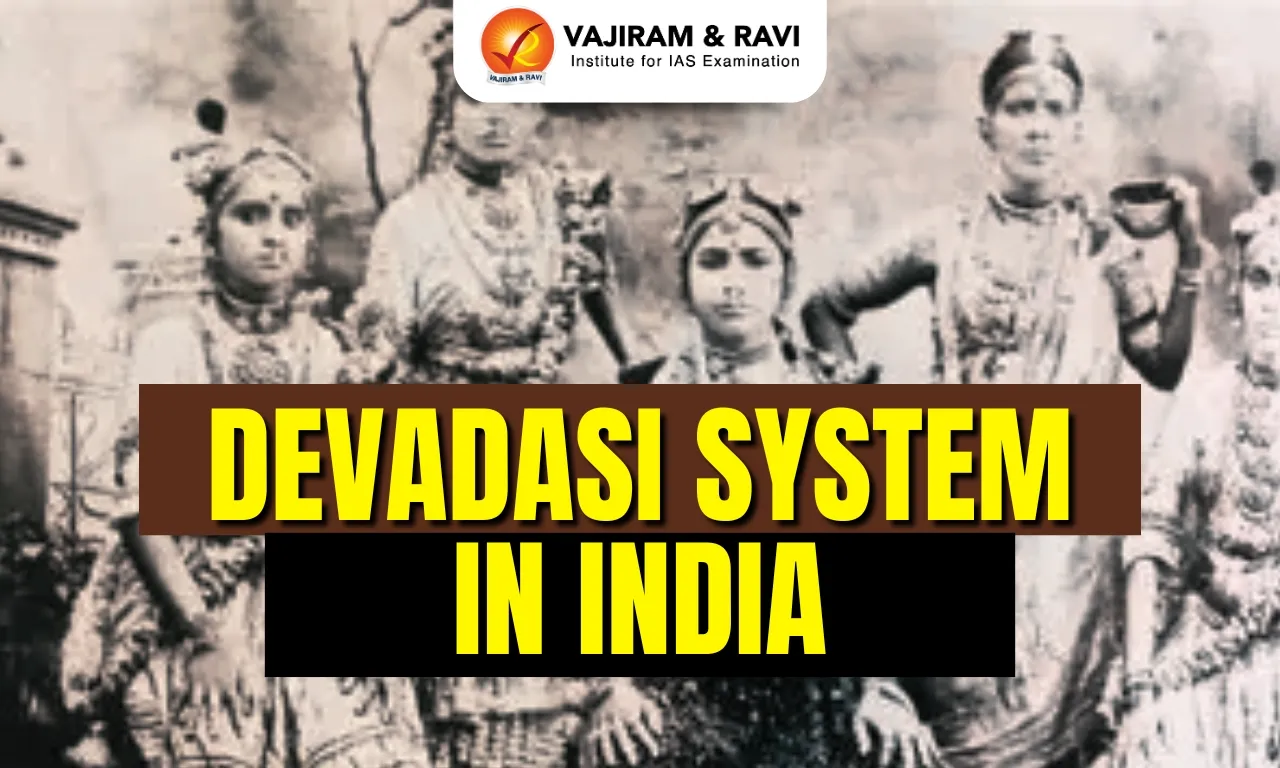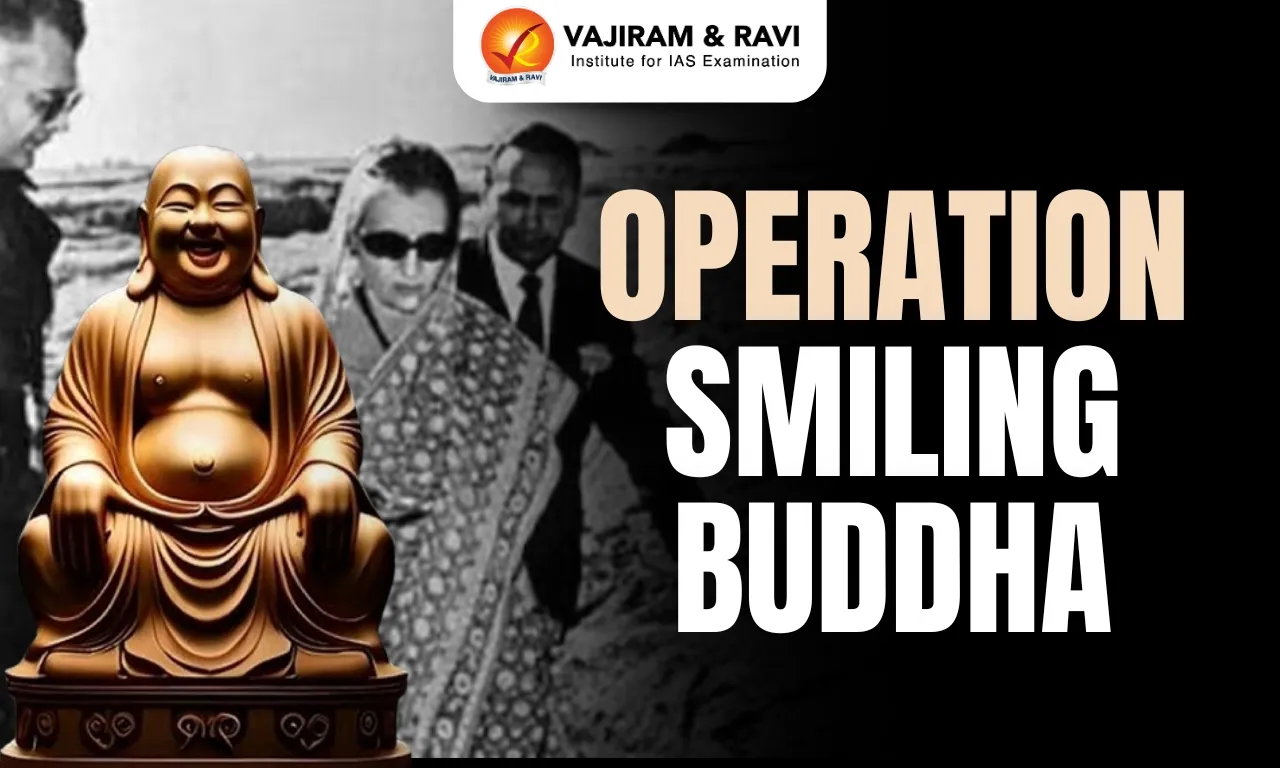The Indian Constitution provides special provisions for the upliftment of the Other Backward Classes (OBCs). However, not all OBCs are eligible for reservations and benefits under government schemes. This distinction is made through the classification of Creamy Layer and Non-Creamy Layer within the OBC category. Understanding this classification is crucial for aspirants preparing for competitive exams and for those seeking government benefits.
Creamy Layer of OBC
The Creamy Layer refers to the wealthier and better-educated segment within the OBC category. These individuals are considered socially advanced and thus not eligible for reservation benefits in jobs, education, or government schemes meant for socially and educationally backward classes.
Eligibility Criteria for Creamy Layer (As of 2024)
- Annual family income exceeds ₹8 lakh (some states consider ₹8 lakh–₹15 lakh for revision).
- Parents employed in Group A or Group B central or state government services.
- Professionals and high-income earners, including doctors, engineers, and entrepreneurs.
These individuals are excluded from reservation quotas under the OBC category.
Non-Creamy Layer of OBC
The Non-Creamy Layer refers to the economically and socially backward segment of OBCs. This group qualifies for reservation benefits in education, employment, and other government welfare schemes.
Eligibility Criteria for Non-Creamy Layer:
- Annual family income is less than ₹8 lakh.
- Parents are not in senior government posts or high-earning private positions.
- Considered economically weaker and socially disadvantaged within the OBC category.
This classification enables the government to target affirmative action more effectively.
Difference Between Creamy Layer and Non-Creamy Layer of OBC
The classification of OBCs into Creamy Layer and Non-Creamy Layer is essential for equitable distribution of reservation benefits. It ensures that only the genuinely disadvantaged sections receive affirmative action support. The table below includes the Difference Between Creamy Layer and Non-Creamy Layer of OBC:
| Difference between Creamy Layer and Non-Creamy Layer of OBC | ||
| Aspect | Creamy Layer of OBC | Non-Creamy Layer of OBC |
|
Eligibility for Reservation |
Not eligible |
Eligible |
|
Annual Income Limit |
Above ₹8 lakh (as per current criteria) |
Below ₹8 lakh |
|
Social Status |
Economically and socially advanced |
Economically and socially backward |
|
Government Job Criteria |
Parents in Group A/Group B jobs |
Parents in lower categories or unemployed |
|
Purpose of Classification |
To exclude affluent OBCs from reservation benefits |
To provide benefits to the truly backward |
|
Proof Required |
No Non-Creamy Layer certificate needed |
Must obtain a Non-Creamy Layer Certificate |
|
Example |
Doctor earning ₹15 lakh annually |
Farmer with annual income of ₹4 lakh |
Difference Between Creamy Layer and Non-Creamy Layer Key Points
- The Creamy Layer concept was introduced in 1993 by the Supreme Court to ensure that the benefits of reservation reach the needy among OBCs.
- Income and social status both play a role in determining whether an individual falls into the creamy or non-creamy category.
- The Non-Creamy Layer Certificate is mandatory to avail of reservation in government jobs and educational institutions.
- While SC/ST categories do not have a creamy layer criterion for reservation benefits, OBCs are divided into creamy and non-creamy layers.
Last updated on December, 2025
→ Check out the latest UPSC Syllabus 2026 here.
→ Join Vajiram & Ravi’s Interview Guidance Programme for expert help to crack your final UPSC stage.
→ UPSC Mains Result 2025 is now out.
→ UPSC Notification 2026 is scheduled to be released on January 14, 2026.
→ UPSC Calendar 2026 is released on 15th May, 2025.
→ UPSC Prelims 2026 will be conducted on 24th May, 2026 & UPSC Mains 2026 will be conducted on 21st August 2026.
→ The UPSC Selection Process is of 3 stages-Prelims, Mains and Interview.
→ UPSC Result 2024 is released with latest UPSC Marksheet 2024. Check Now!
→ UPSC Toppers List 2024 is released now. Shakti Dubey is UPSC AIR 1 2024 Topper.
→ Also check Best IAS Coaching in Delhi
Difference between Creamy Layer and Non-Creamy Layer of OBC FAQs
Q1. What is the income limit for determining the creamy layer of OBC?+
Q2. Who issues the Non-Creamy Layer Certificate?+
Q3. Is the creamy layer concept applicable to SC/ST candidates?+
Q4. Is the income of siblings and spouses considered in determining the creamy layer?+
Q5. Can someone from the creamy layer apply under the general category?+
Tags: difference between creamy Layer and non creamy layer of obc

















